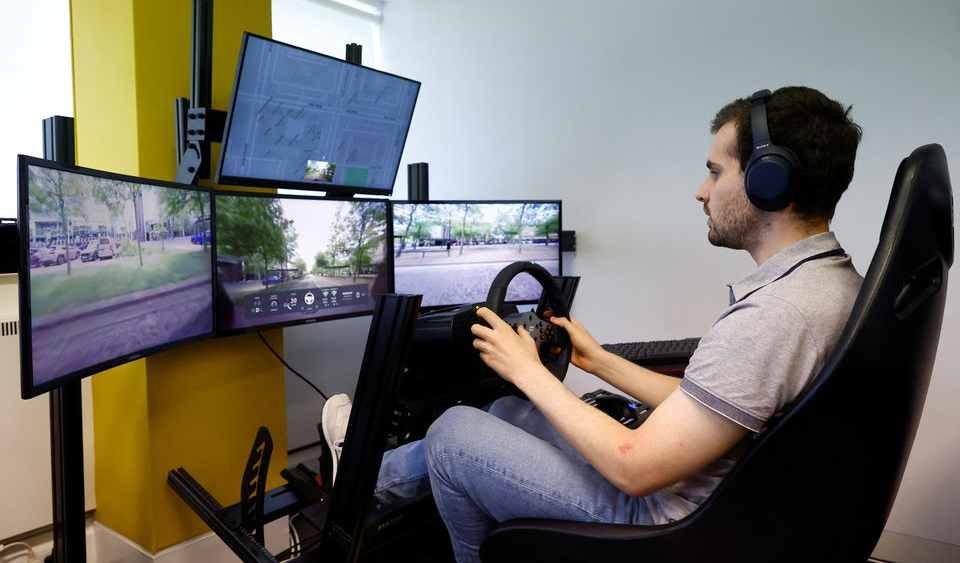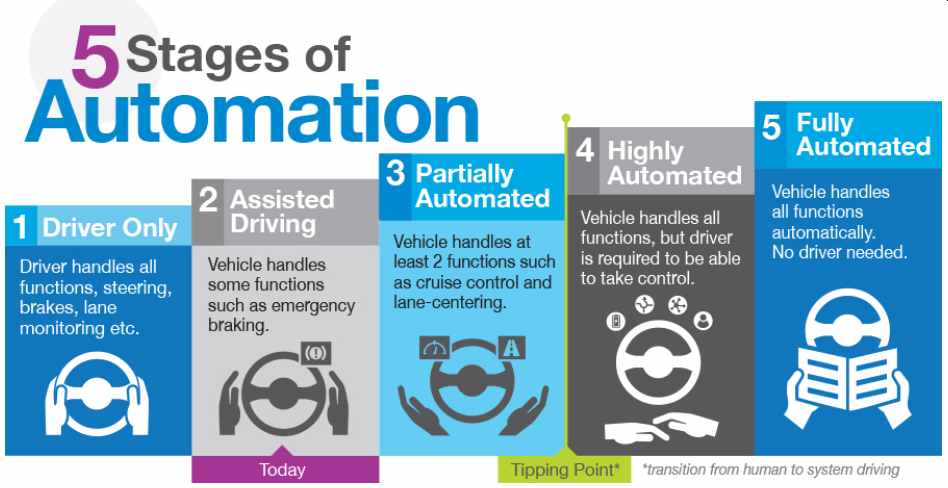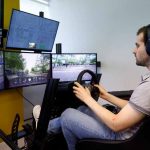Truly autonomous cars impossible without humans, industry experts say

“Show me an autonomous system without a human-in-the-loop and I’ll show you a useless system.” That was the statement made in 2019 by Maarten Sierhuis, the man responsible for developing Nissan’s autonomous vehicles. Sierhuis is the chief technology director at Nissan’s Silicon Valley research center.
Level 5 autonomy continues to be the Holy Grail of modern self-driving vehicle technology. Investors have poured billions of dollars into autonomous vehicle (AV) tech startups based on promises to develop truly self-driving cars, but most failed to even achieve Level 4 autonomy of vehicles that is fully autonomous but only in certain conditions.
Now, industry executives and experts are saying that truly autonomous cars are impossible without the help of humans. Although EV giant Tesla said it is ‘very close’ to level 5 autonomous driving technology. But industry experts think “remote human supervisors may be needed permanently to help robot drivers in trouble.”
According to NHTSA, level 5 autonomous refers to a fully-autonomous system that expects the vehicle’s performance to equal that of a human driver, in every driving scenario–including extreme environments like dirt roads that are unlikely to be navigated by driverless vehicles in the near future.

The central assumption behind autonomous vehicles–that computers and artificial intelligence will dramatically reduce accidents caused by human error–has led to inflows of money into research and investment. However, building fully-autonomous cars that can drive more safely than human is much more complex than people think.
This is because self-driving software systems simply lack humans’ ability to predict and assess risk quickly, especially when encountering unexpected incidents or “edge cases,” Reuters reported, citing interviews from industry experts.
“Well, my question would be, ‘Why?'” said Kyle Vogt, CEO of Cruise, a unit of General Motors (GM.N), when asked if he could see a point where remote human overseers should be removed from operations.
“I can provide my customers peace of mind knowing there is always a human there to help if needed,” Vogt said. “I don’t know why I’d ever want to get rid of that.”
According to the report, truly autonomous vehicles are far behind the optimistic rollout schedules predicted just a few years ago.
For example, in 2018, General Motors sought U.S. government approval for a fully autonomous car without a steering wheel, brake or accelerator pedals that would enter its commercial ride-sharing fleet in 2019. Vogt told Reuters that the vehicle, the Cruise Origin, now is not slated to begin production until spring 2023.
In 2019, Tesla CEO Elon Musk said he’s “extremely confident that level 5 or essentially complete autonomy will happen.”
“I’m extremely confident that level 5 or essentially complete autonomy will happen and I think will happen very quickly,” Musk said via a video message at the opening of Shanghai’s annual World Artificial Intelligence Conference (WAIC). “I remain confident that we will have the basic functionality for level 5 autonomy complete this year.”
But in a June interview on YouTube, Musk said developing self-driving cars was “way harder than I originally thought, by far.” But when asked for a timeline, he said Tesla could make it “this year.”
“If these companies don’t succeed over the next two years, they’re not going to exist anymore,” said Mike Wagner, CEO of Edge Case Research, which helps AV companies assess, manage and insure the risk. “It’s a case of put up or shut up at this point.”
Human in The Loop
To augment the robots, many self-driving tech startups now use humans as remote supervisors, alongside safety drivers sitting behind the wheel. However, these remote humans come at a cost but help self-driving cars handle edge cases which may “include something as basic as an unfamiliar set of lane closures during road construction, or erratic, unpredictable behavior by pedestrians or human drivers.”
When a robot driver encounters an edge case, “it puts its hands up and says, ‘I don’t know what’s going on,'” said Koosha Kaveh, CEO of Imperium Drive, which is using humans as remote operators for cars in the English city of Milton Keynes. Over time, those people will act as “air traffic controllers,” supervising a growing number of autonomous cars.
Cruise’s Vogt told Reuters that the company’s AVs on the roads in San Francisco currently rely on humans less than 1% of the time. But across hundreds, thousands, or even millions of AVs, that would add up to a significant amount of time stopped on the road waiting for human guidance.

